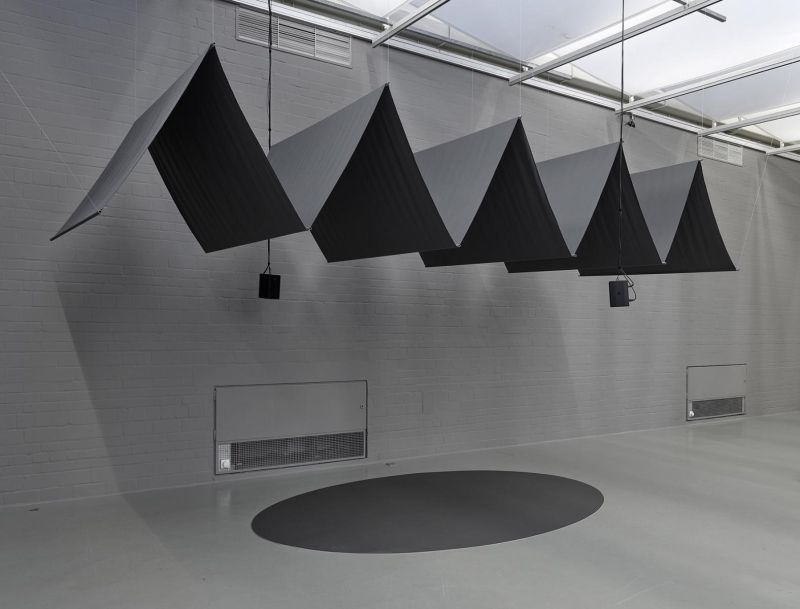Changes in the Ocean. On the Art of Agata Madejska
Mediathek Sorted
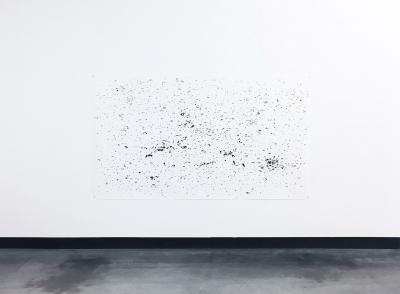
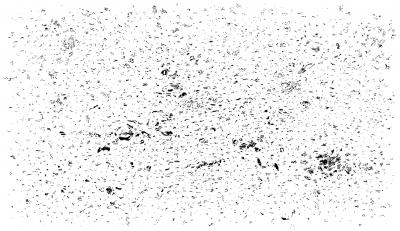

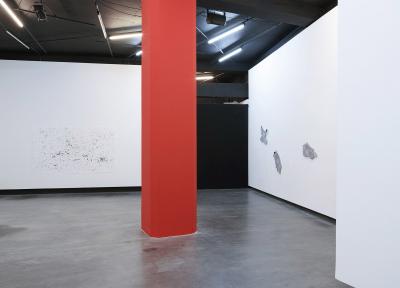

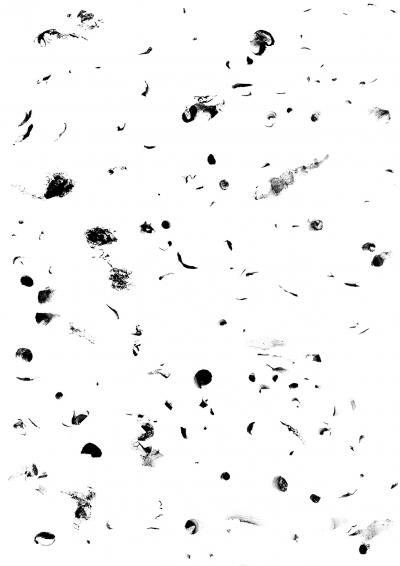
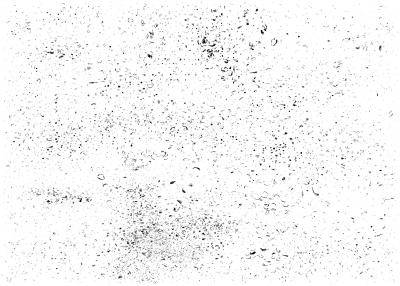
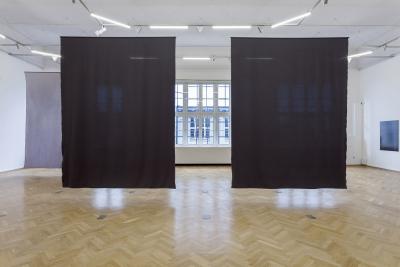
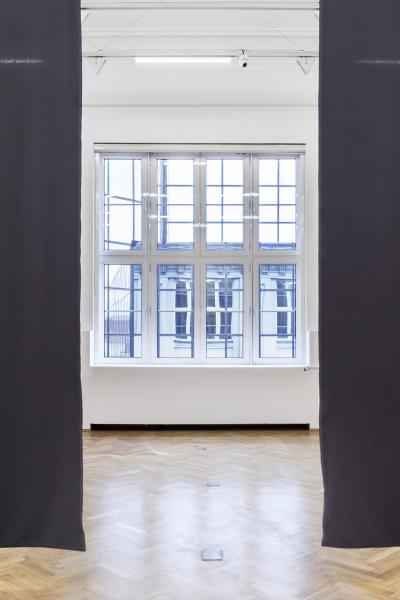
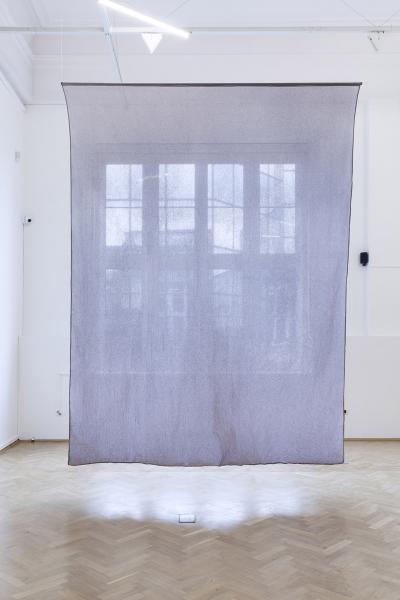
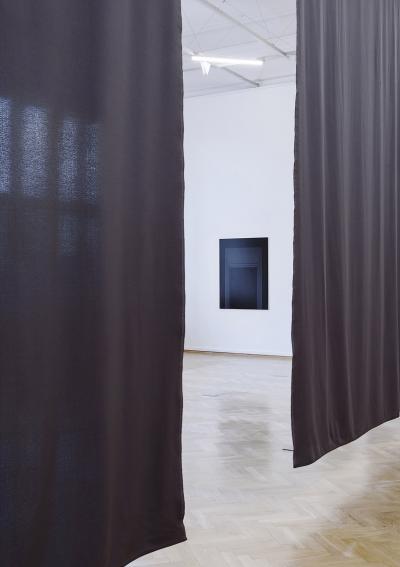
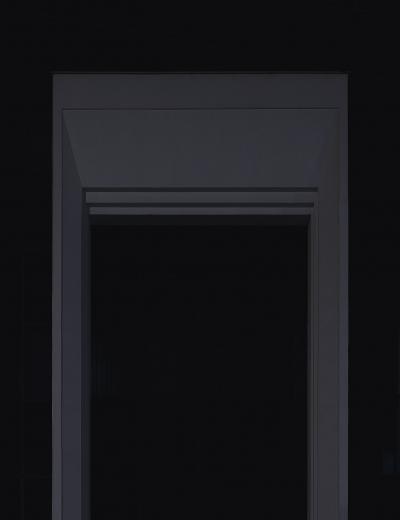
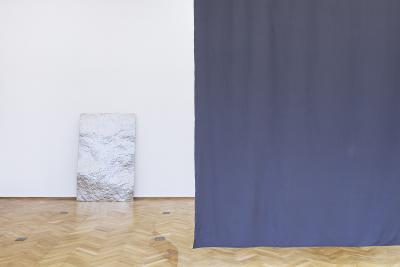
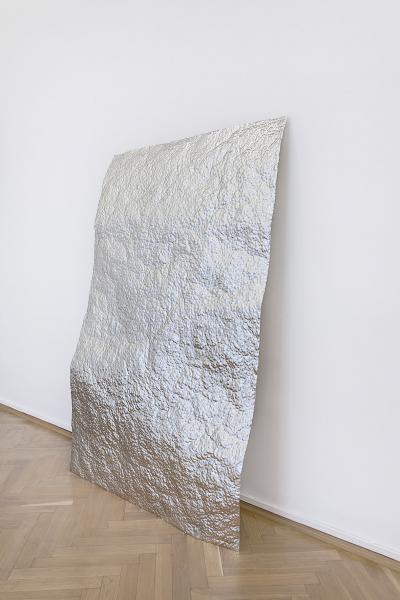

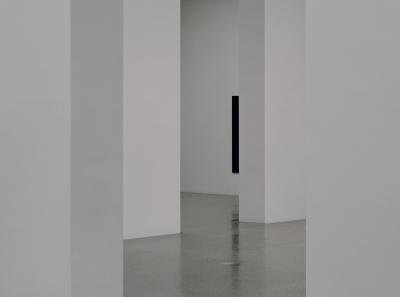
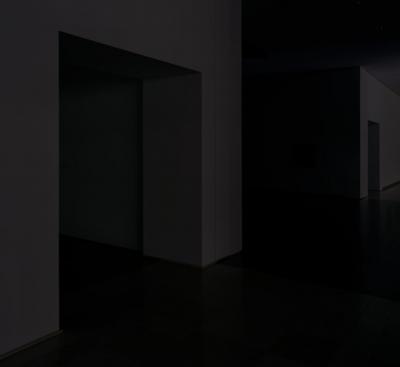
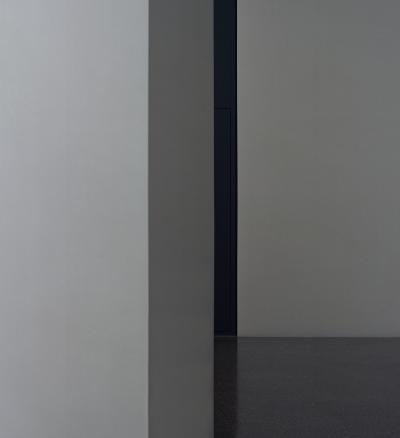

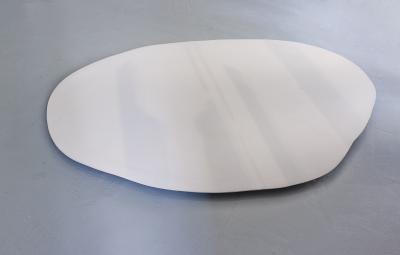
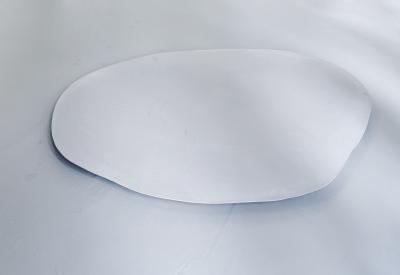
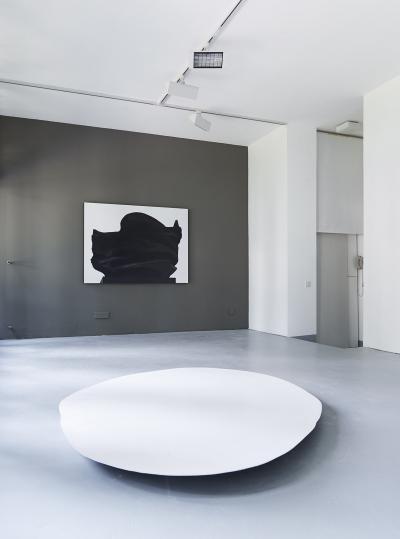
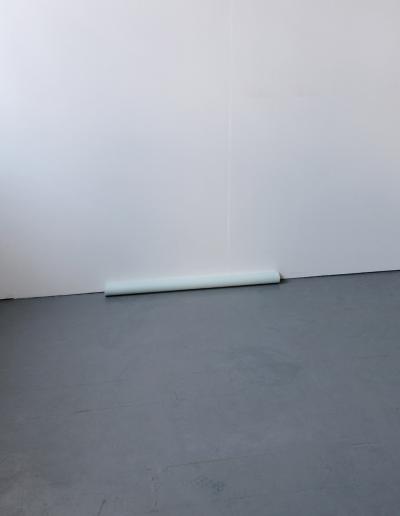
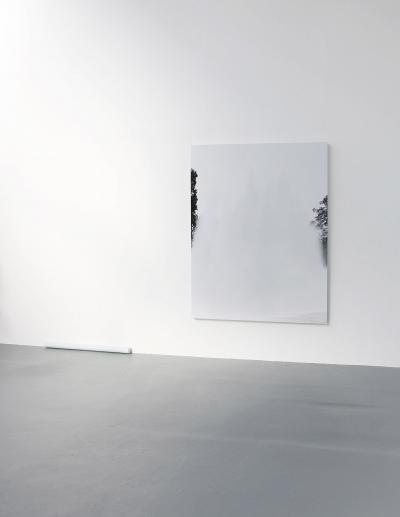
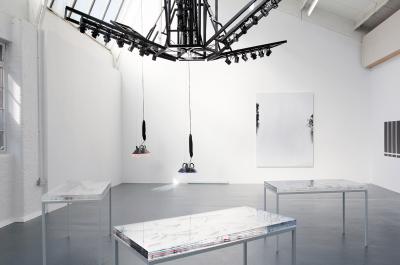
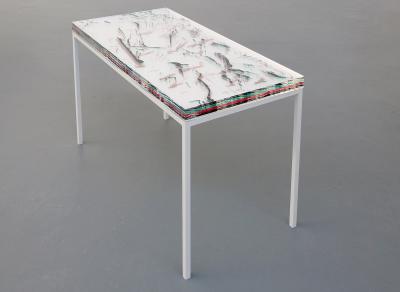
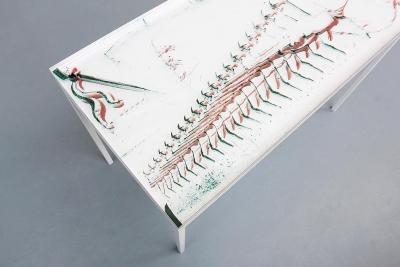

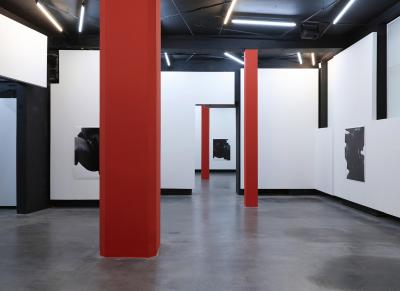
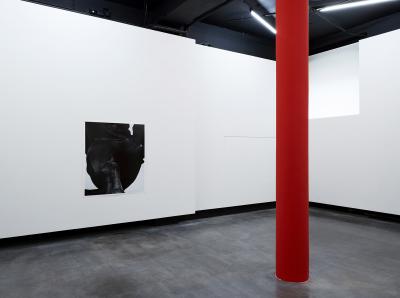
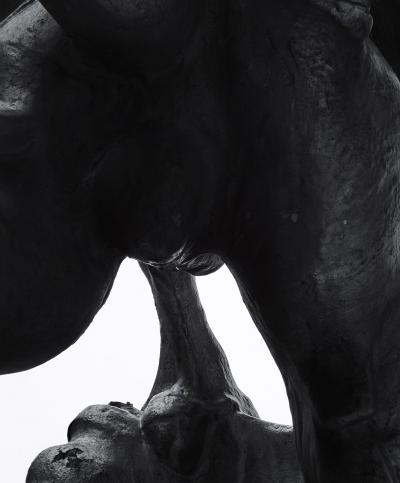
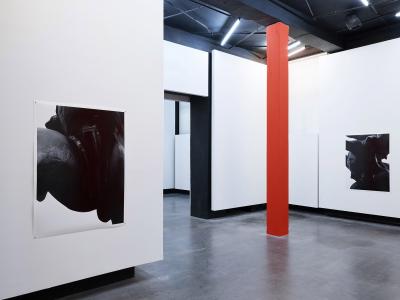
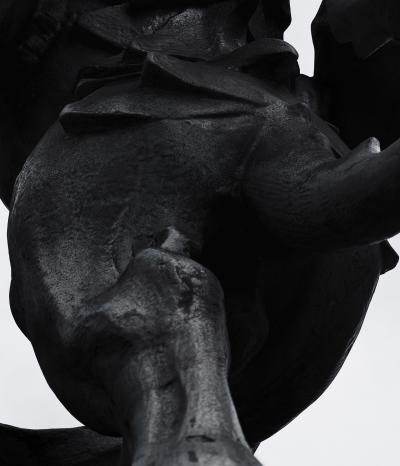
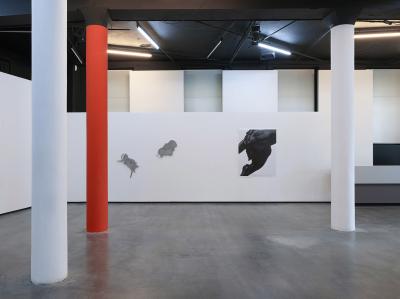
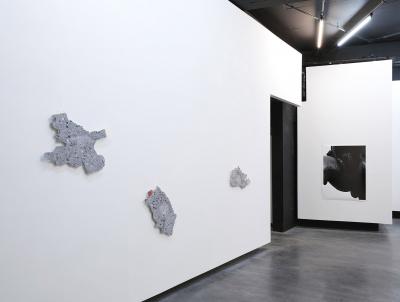
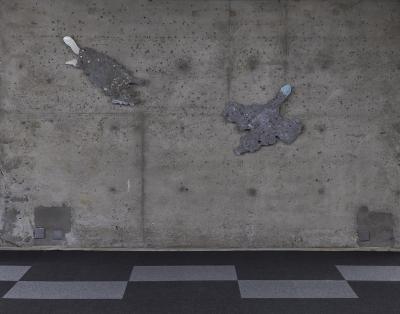
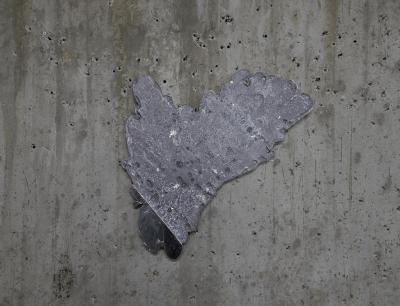
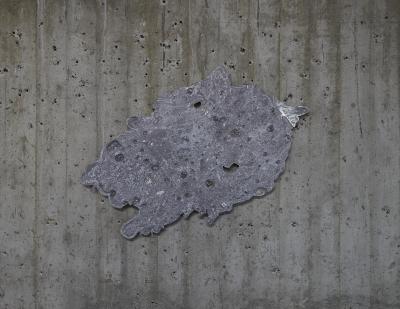

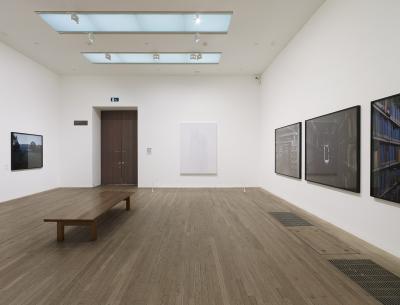
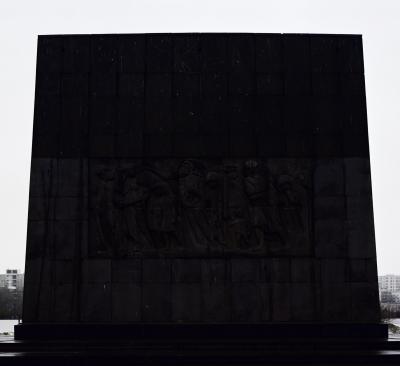

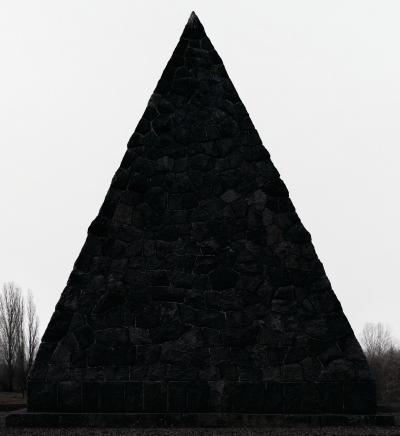
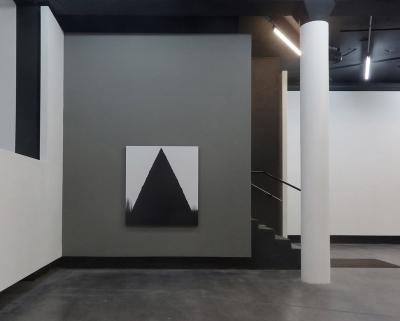
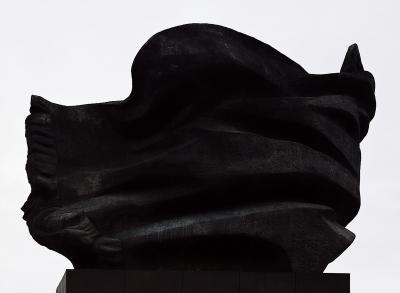

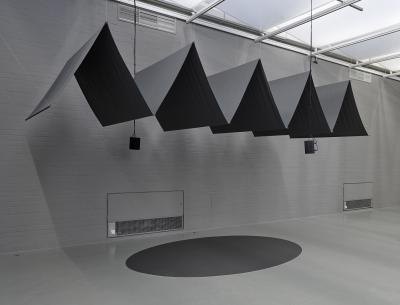
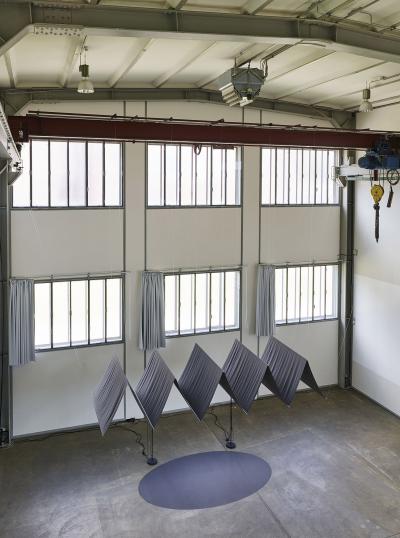
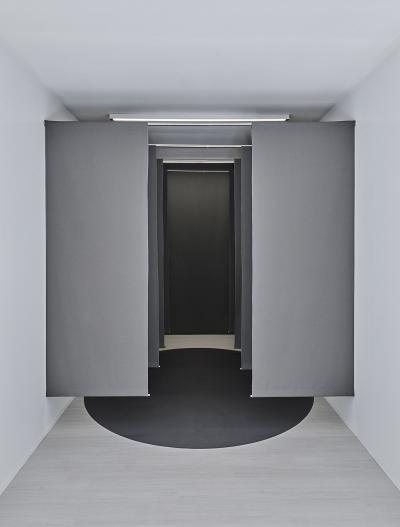
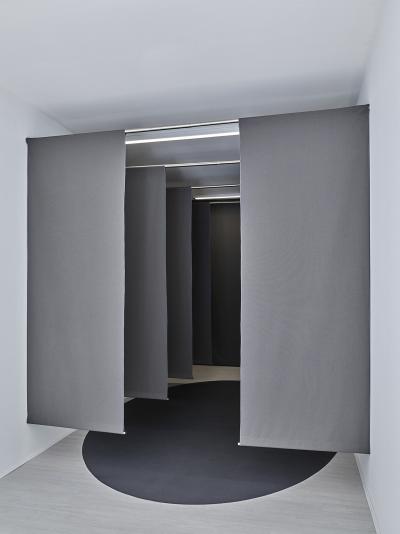
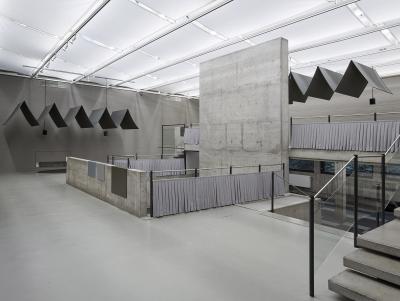


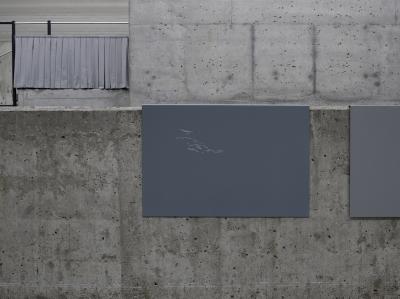
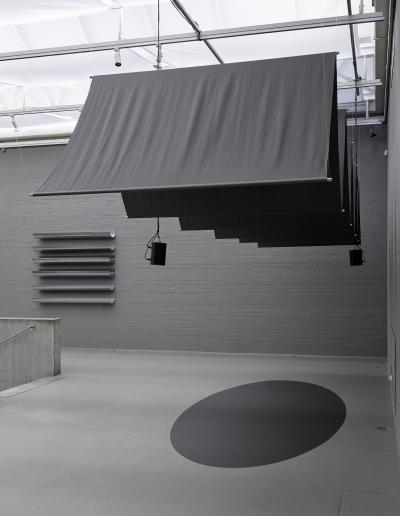

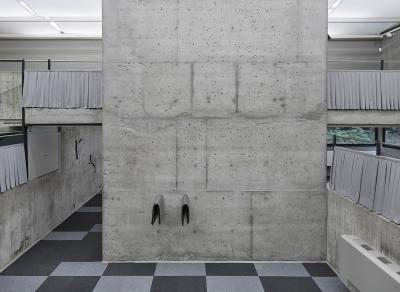
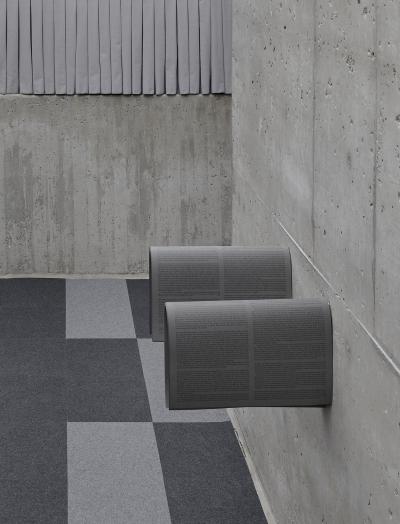
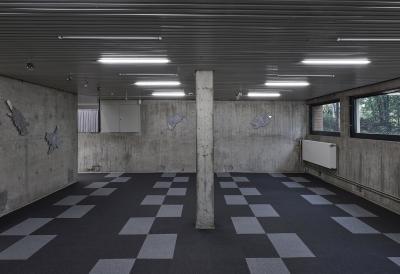
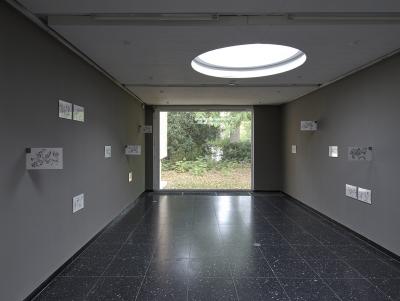
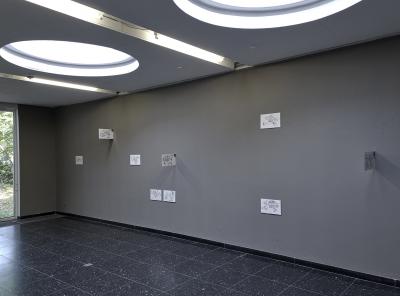
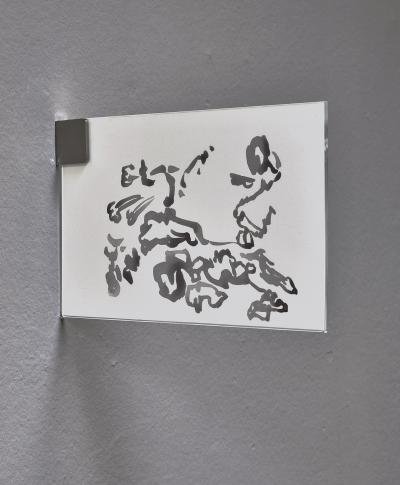
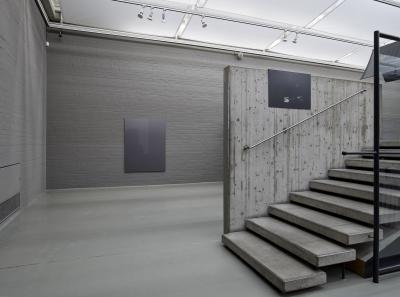
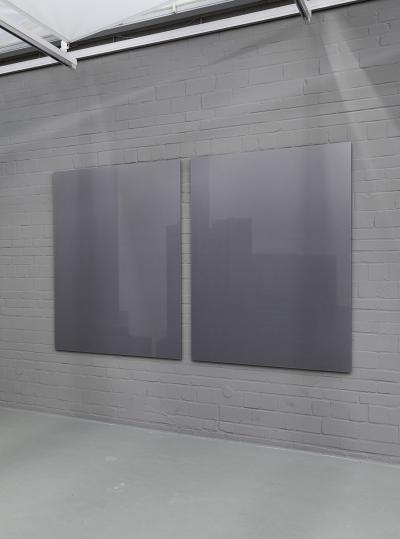
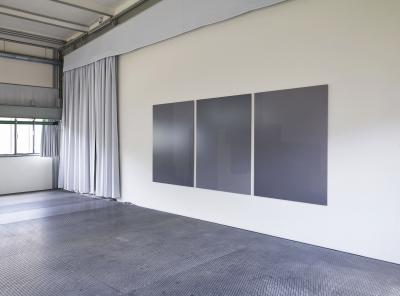

“Due to these fluctuations in gravity, the orbit is either flattened or distended and the elements of life, if they appear, are inevitably destroyed, either by intense heat or an extreme drop in temperature. These changes take place at intervals estimated in millions of years – very short intervals, that is, according to the laws of astronomy and biology (evolution takes hundreds of millions of years, if not a billion).”[1]
In this world, scattered into small fragments, in which individual histories begin and last only in the present, it is increasingly difficult to remember and look for traits of wholeness. This is actually self-contradictory and untenably fruitless. Any attempt to go beyond the short perspective of a single life is brought down by the weight of doubts and tangled plots – the possible reinterpretations and borrowings. Simulacra fill albums, memories, words remain multi-level metaphors, and the certainty of facts boils down to mediality and short use-by dates.
In this world, in which gravity is still de rigueur, even concrete, stone, and steel can’t be sure of their permanence. Buildings collapse, erased from panoramas, immediately replaced by new ones; statues are knocked down, moved elsewhere, sometimes covered or remade. With all the elasticity and stretchability of the new reality, it can very decisively and aggressively impact on until recently solid man-made objects.
The space that is being so dynamically transformed has long ceased being called natural, even where it was originally green. It has long become human domain. A whole arsenal of technological means supporting these transformations only affirms, like an old torture, this dominion. It is special insofar that in its scale that getting beyond it is impossible. It is total, even though little, or only as much as the rampant entropy allows, remains of the Enlightenment ideals of control, learning, and perfection. Even the panoptic vision is turning a blind eye.
This hyperspace requires, of course, a name – we can call it human reality. But this designation misses the dynamic that so determines today’s dispersion and anxiety, that allows us to see the growing entropy as something that has a source. So this would be a force that affects everyone and everything. It may be politics – construed broadly as a sum total of the activities that organize human life, confining it within a grid of intersecting interests and making it possible to abstract individual existence into mass and generalization. Explaining its scale and omnipresent force is a basic mechanism of human action – the need to organize into groups in order to increase the chances of survival.
But this isn’t a uniform space, fully planned and developed according to standard. In many places it seems to be bursting open, building anew, cracking at the bends. For Agata Madejska, this living ocean is a subject of ongoing artistic investigations. The cracks, ruptures, and fluctuations are precisely what rivets her attention. It is them that are symmetrically juxtaposed with all the anxieties that haunt the present. An excellent example of this practice is an untitled series of large-format photographs representing almost organic, cellular black-and-white patches. The first impression is of magma, of a difficulty to find one’s bearings in the here and now. Only upon closer inspection, as the gaze becomes more pensive, do shapes, patterns, and details emerge from the magma. The black-and-white dots gain value as shells appear in them, prehistoric organisms trapped in stone. A moment later the works’ titles – De Beers (2017), London Stock Exchange (2017), The Economist (2015) – begin to tell another part of the story. These minimalistic works are collages of photographs of the limestone façades of buildings such as the London Stock Exchange or the headquarters of the world’s leading diamond company. Each print is unique, produced as a montage of multiple images, thus representing the time-stretched modality contained in the stone deposits.
Madejska has very deliberately chosen buildings that constitute intersection points, dialectical areas of power, in the political space.[2] She maps them however below the horizon of current public debate. In this archaeological gaze – for it is one that leads towards the foundations – she asks about their permanence. The visible fossils, which had been subject to successive transformations under the pressure of time, have become building material for human institutions of power. With this exhibition, Madejska’s attitude towards the space explored and its order, an attitude radiating throughout her work, is revealed. She strips it of the pathos of grandeur and the daring, post-Enlightenment challenge posed to an unknown future, assuming that the space that she observes from inside will too be subject to change, to a process of weathering away. For this reason, also the certainty that accompanies the architecture of power is vulnerable to erosion. Even those institutions must remember that they are founded on the death of their predecessors.





















































































